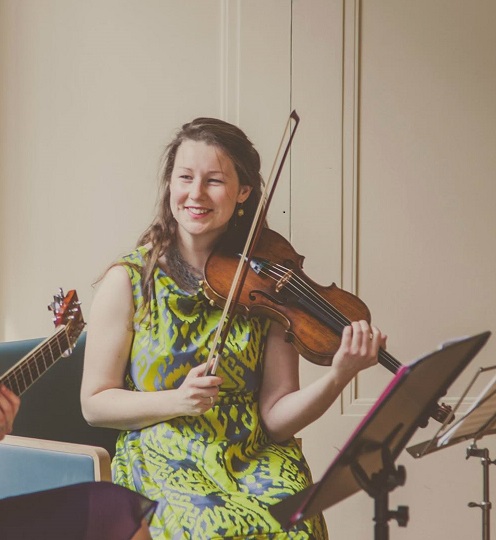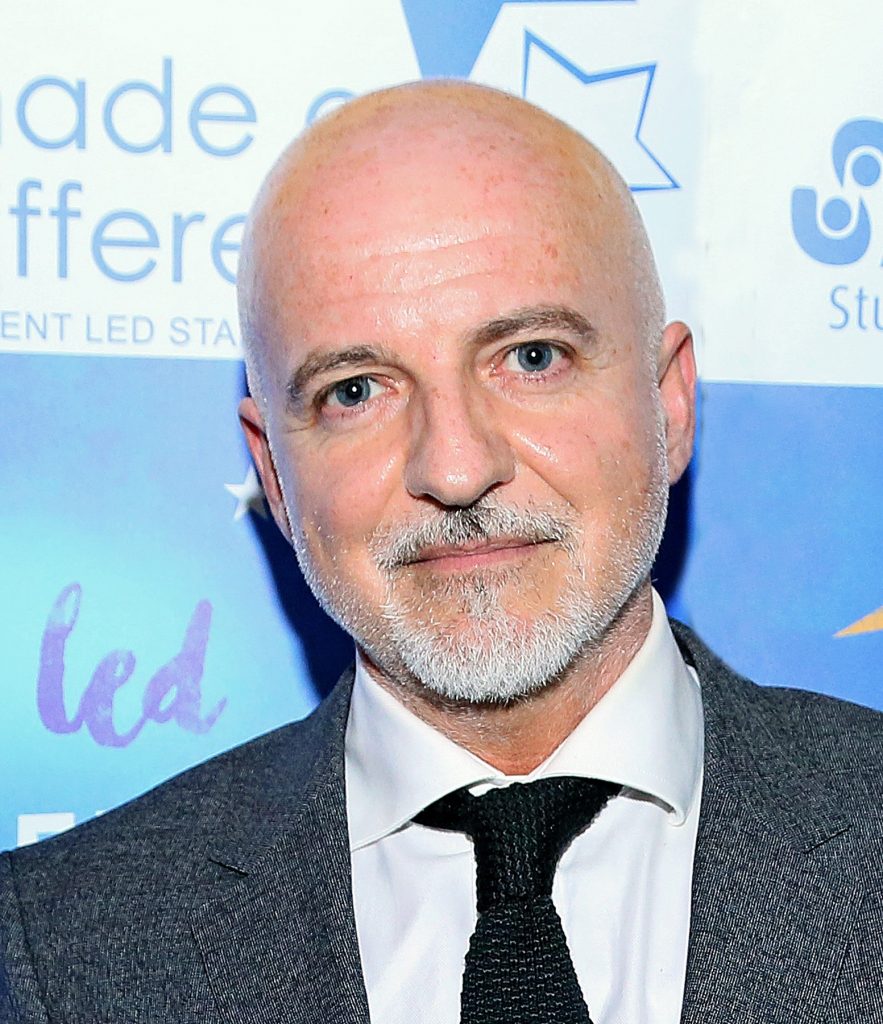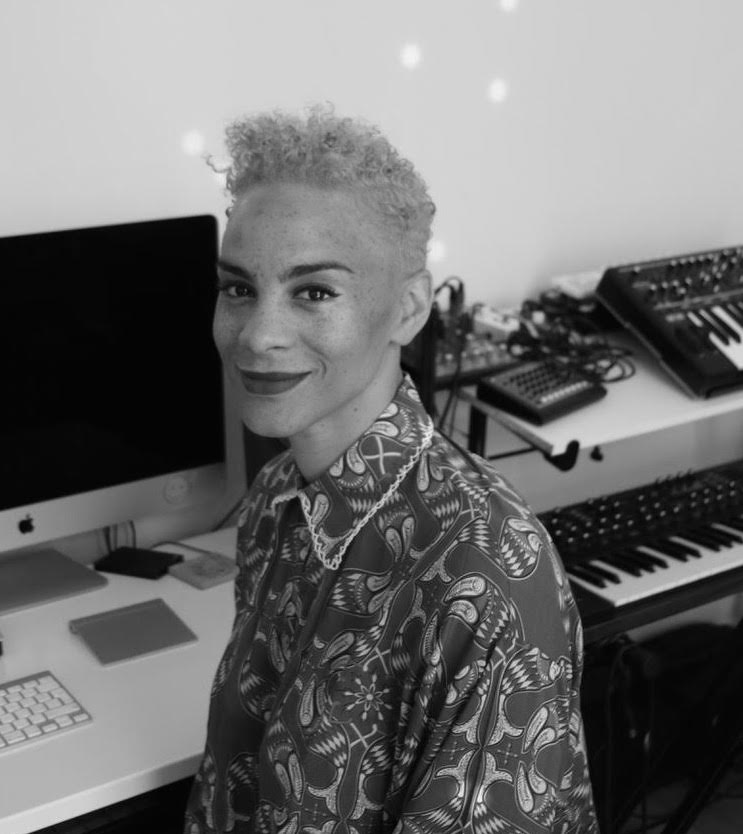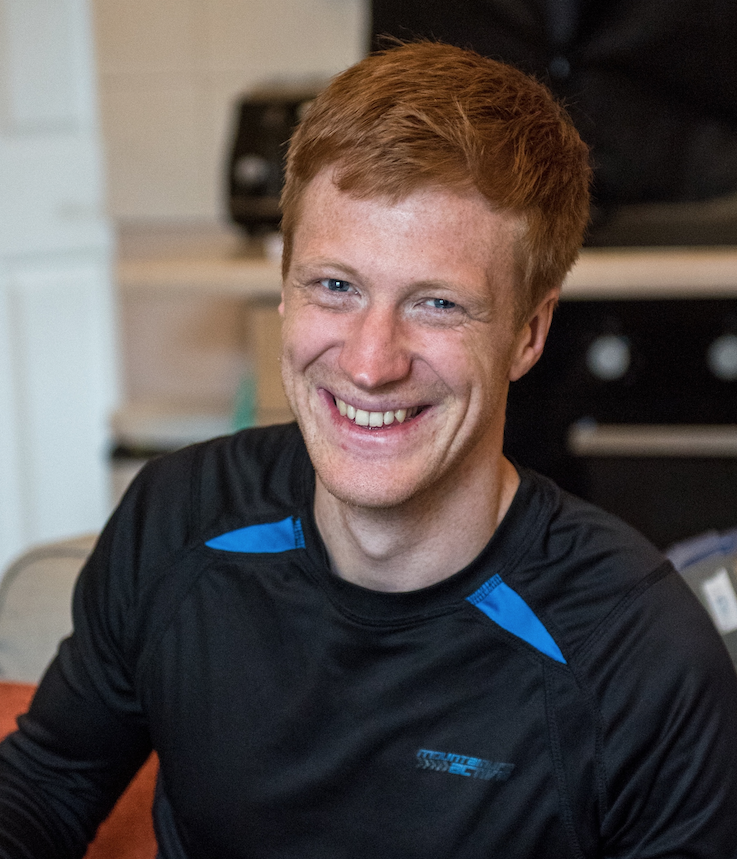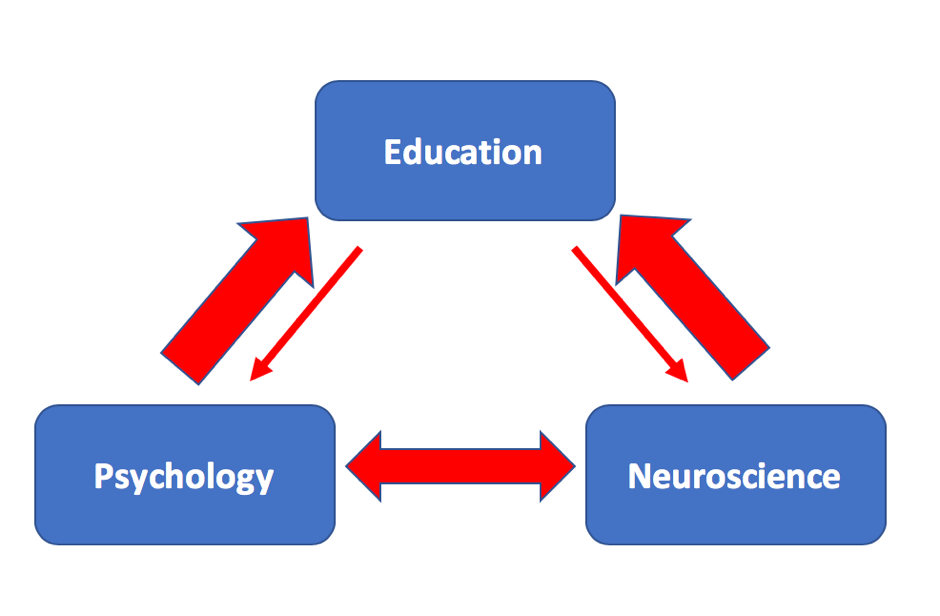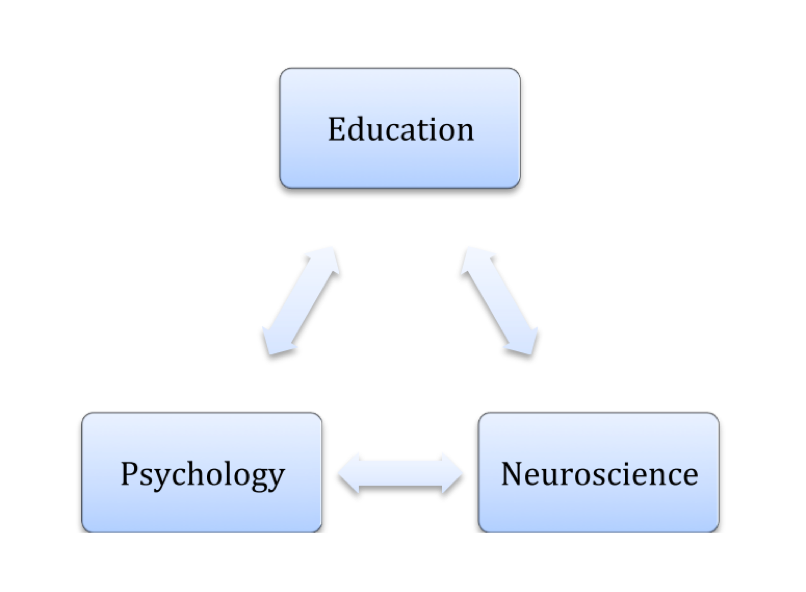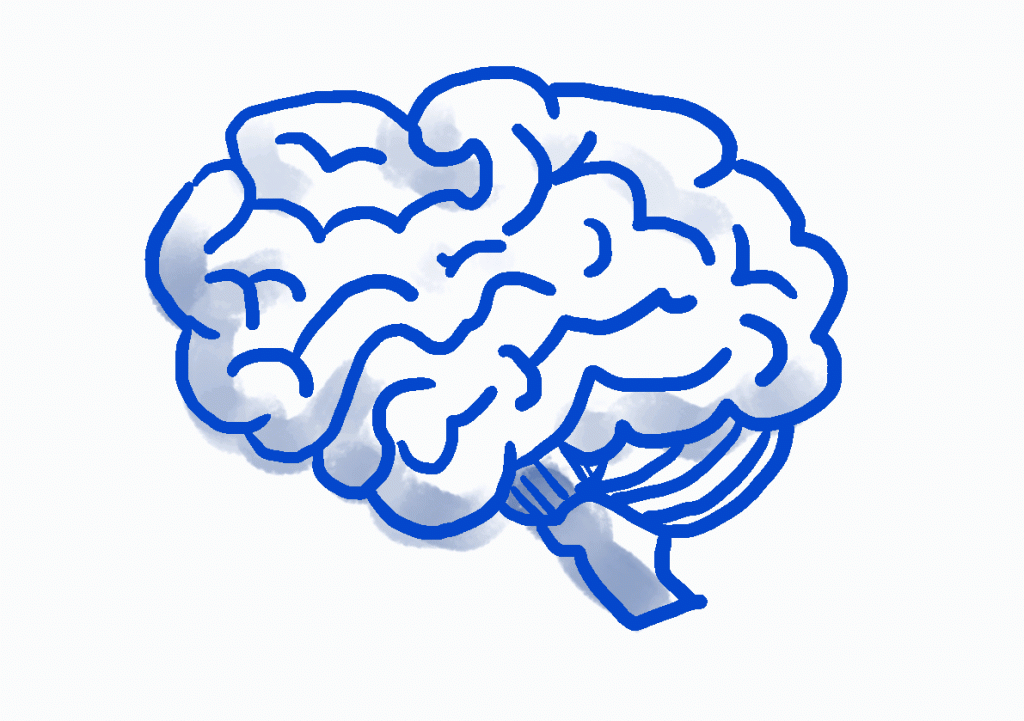 We’ve been busy at the CEN writing a guide to how the brain works. Yes seriously. How the brain actually works. Not how we think it could have or should have but how it actually does. The guide is intended to give a general audience a decent gist. There’s no show-offy long anatomical names or world record breaking facts, just a best-estimate summary of the brain’s modus operandum. (That’s the last Latin you’ll get.) You can dip into the full resource whenever you like – it’s here howthebrainworks.science and over the next few weeks, we will also be presenting some of the main ideas in bite size portions. We all love a brain-teaser, so where better to start than with some puzzles?
We’ve been busy at the CEN writing a guide to how the brain works. Yes seriously. How the brain actually works. Not how we think it could have or should have but how it actually does. The guide is intended to give a general audience a decent gist. There’s no show-offy long anatomical names or world record breaking facts, just a best-estimate summary of the brain’s modus operandum. (That’s the last Latin you’ll get.) You can dip into the full resource whenever you like – it’s here howthebrainworks.science and over the next few weeks, we will also be presenting some of the main ideas in bite size portions. We all love a brain-teaser, so where better to start than with some puzzles?
Why can I forget what the capital of Hungary is, but not that I’m afraid of spiders?
Why do I find I have learnt things better after a night’s sleep?
Why do children learning to read and write mix up their bs and ds?
Why does my mind go blank when I’m stressed in an exam?
Why do I learn a new language so much more easily when I’m 5 than when I’m 50?
Why do I sometimes go into a room to get something, then forget what I went in for?
 The answers to all these questions don’t lie in psychology. Even though psychology has some great theories about how the mind works and how we learn, there are some answers it’s less hot on. Instead, the answers lie in the particular – and sometimes peculiar – way our brains work. Our brains didn’t have to work this way. There are other ways you could do things. Our brains work the way they do because of their particular biological and evolutionary origins.
The answers to all these questions don’t lie in psychology. Even though psychology has some great theories about how the mind works and how we learn, there are some answers it’s less hot on. Instead, the answers lie in the particular – and sometimes peculiar – way our brains work. Our brains didn’t have to work this way. There are other ways you could do things. Our brains work the way they do because of their particular biological and evolutionary origins.
Think of it like this: if you were GoogleAmazonApple Inc. and you were building a robot that learns, you could design your device so that it didn’t have any of these properties. The robot could store Capital-Cities and Animals-I’m-Scared-Of as similar types of memories. It need not forget either. You could build your robot without emotions like ‘stress’ or ‘anxiety’, which on the face of it seem to detract from learning performance. And, battery life permitting, you could build a robot that didn’t need to sleep to achieve efficient learning.
Figuring out how the mind is generated by the brain has turned out to be pretty tricky. When we look at human behaviour, what we see is often a fluid, smooth, glistening, dynamic interaction with the world. It can seem unified from the outside. When psychologists have taken this outside-looking-in approach, they have constantly run into the same problem: what is one thing in psychology is many things in the brain. For example, ‘keeping something in mind’ seems like a single thing, but there are many different memory systems at work in the brain. In this resource, we’ll come across many cases of ideas from psychology that turn out to be many things in the brain, among them: the self, attention, learning, concepts, people, language.
Much of psychology describes activities – things like ‘problem solving’ or ‘drawing’; these describe what happen on the outside rather than the actions of many mechanisms at work on the inside. To bring about an activity, lots of bits of the brain work together, different subsets work together for different activities and there is fluid interaction between brain, body, and external world.
Sad to say, ‘looking inside your mind’ doesn’t necessarily get you much closer to how the brain works, either. Take that voice in your head, the one that you use to reason with before you make a decision. ‘Should I have that extra slice of cake or not? Well, I only had one slice of toast for breakfast, so maybe it’s okay.’ The voice (psychologists call it the ‘phonological loop’) is generated in the side of the brain, the bit next to the ear. Guess what? That’s not the part that makes decisions. The bit that makes decisions is the front of the brain. When you listen to the voice in your head, you’re listening to the commentator, not the decision maker.
Psychologists are rightly concerned with consciousness, the mental life – the ‘you’ that you experience, your awareness, the thoughts you have about yourself. Here, neuroscience hasn’t really helped out. We’re still at the stage of seeing which bits of the brain become more active when we have certain experiences. The story, though, seems to be headed in the same direction: one experience is lots of bits of brain interacting with each other.
So, have some sympathy for psychologists. Building detailed links between psychology and neuroscience is a big challenge and will take a while. Luckily, we don’t need to worry about that too much to understand how the brain works…
To begin to understand that, we need to go back to the beginning, a few million years ago…

